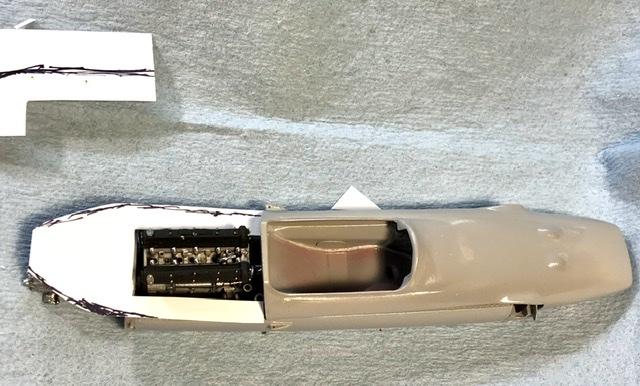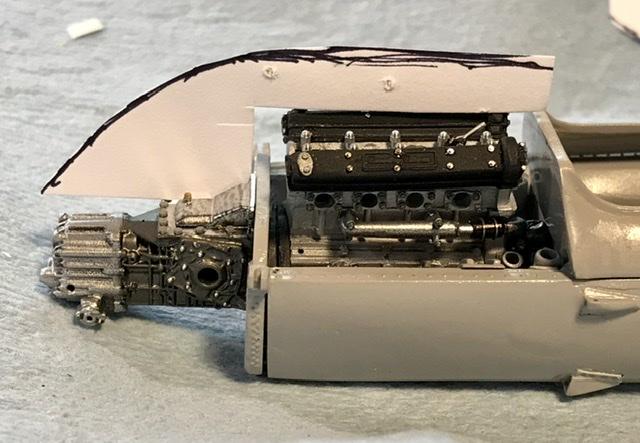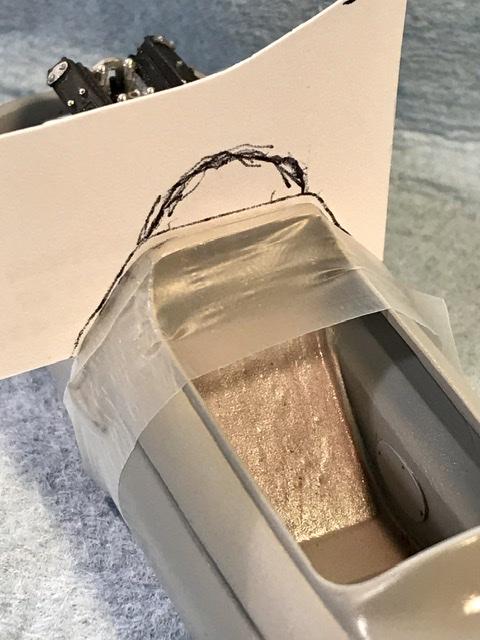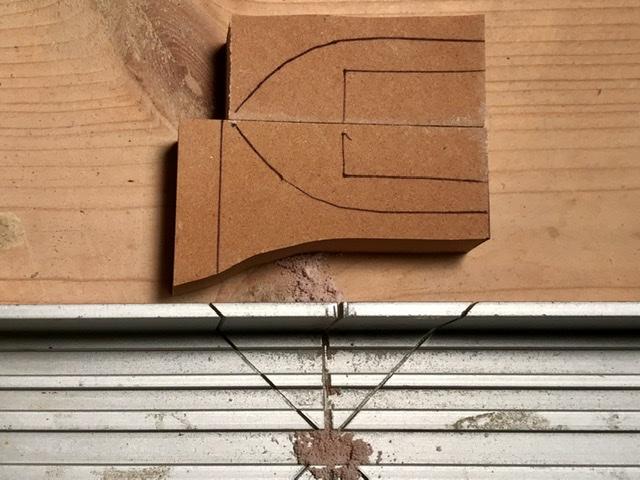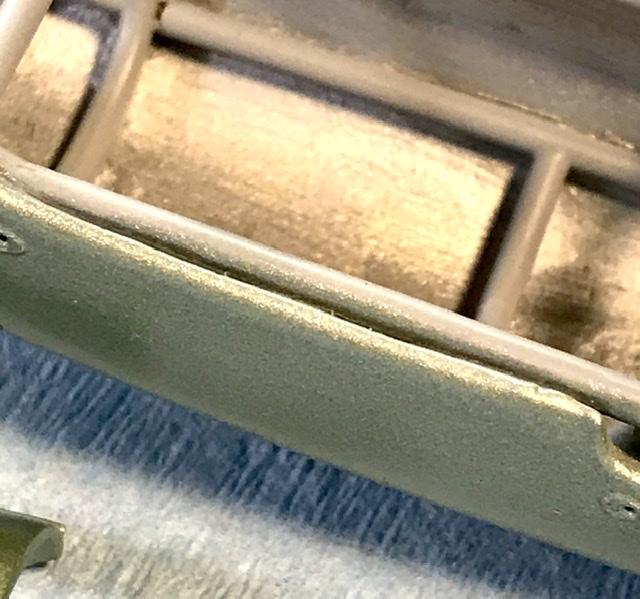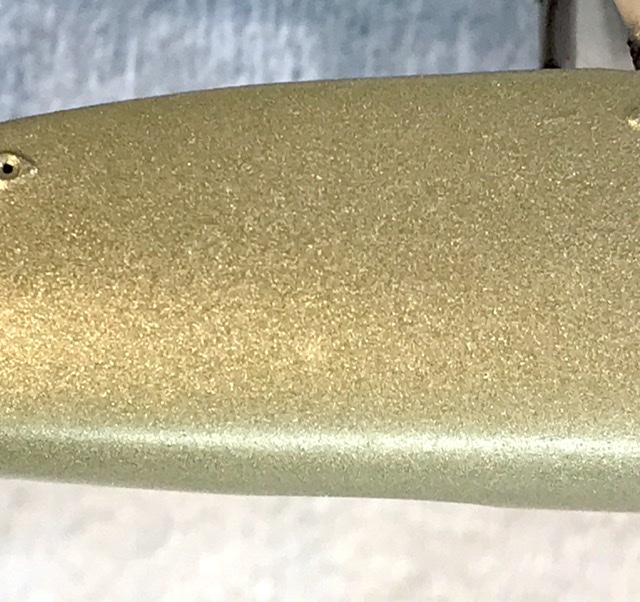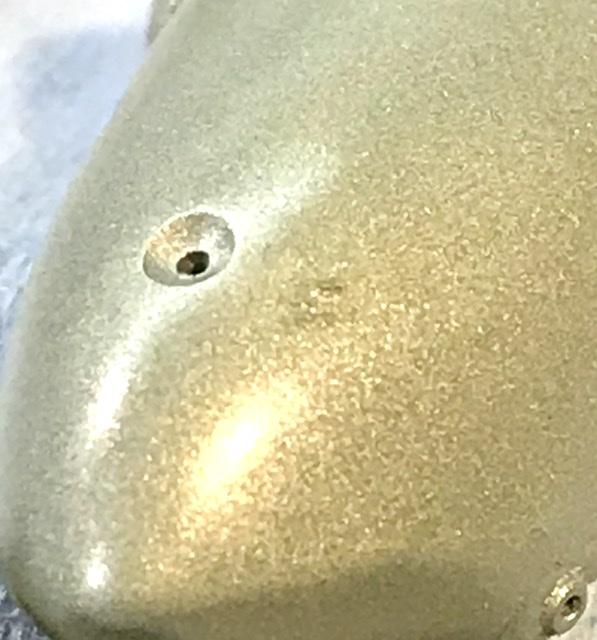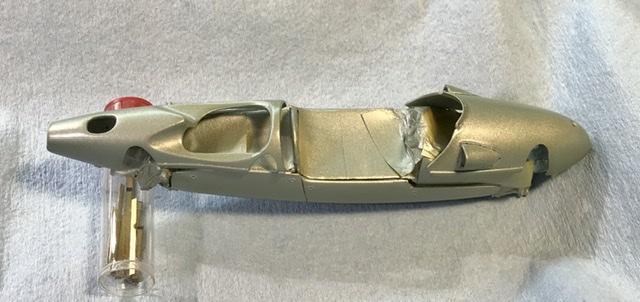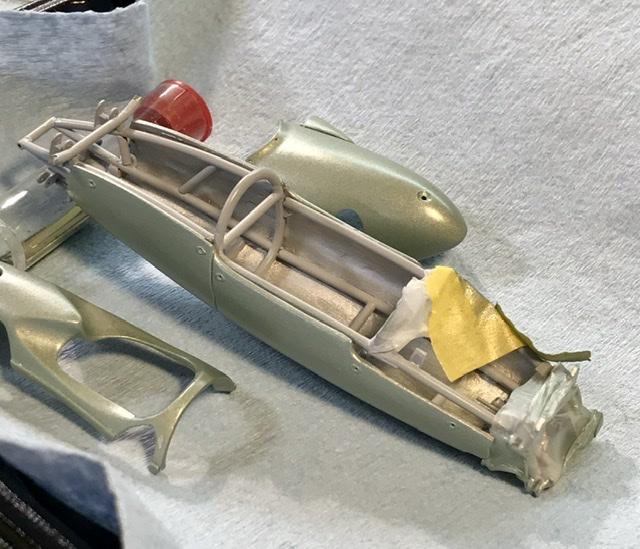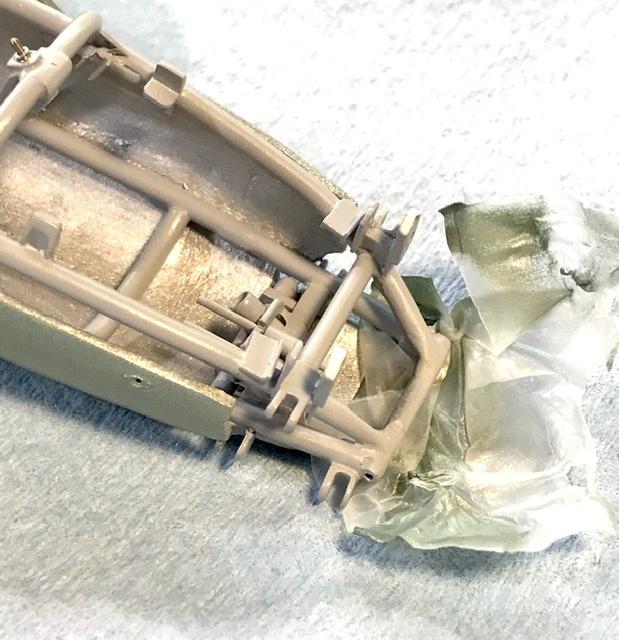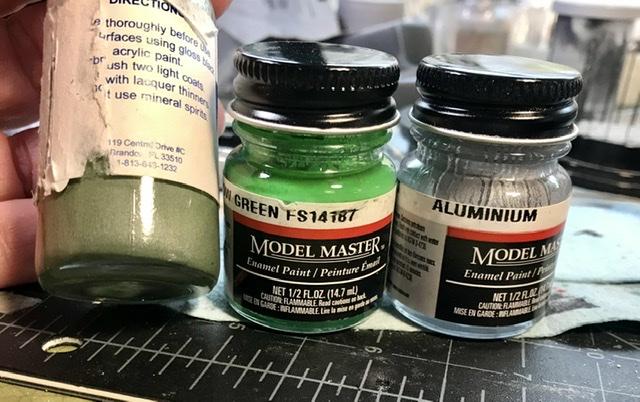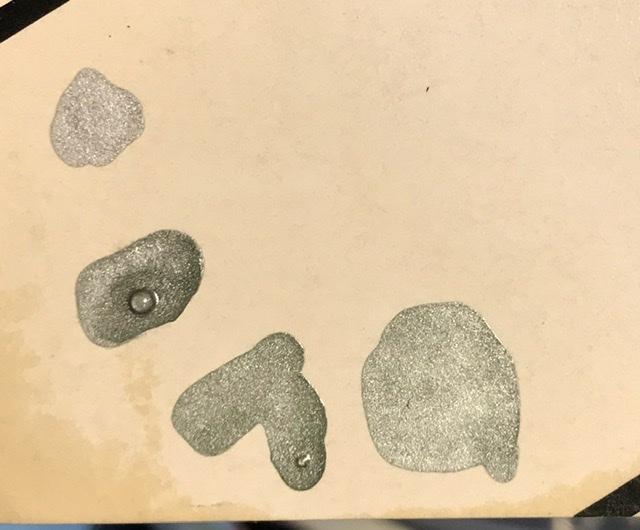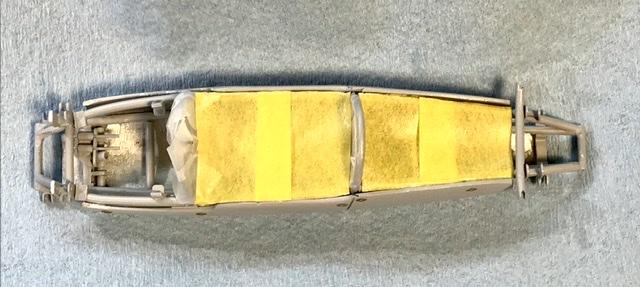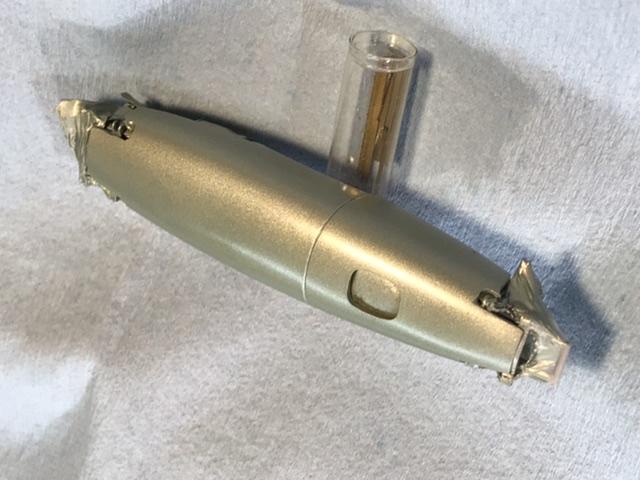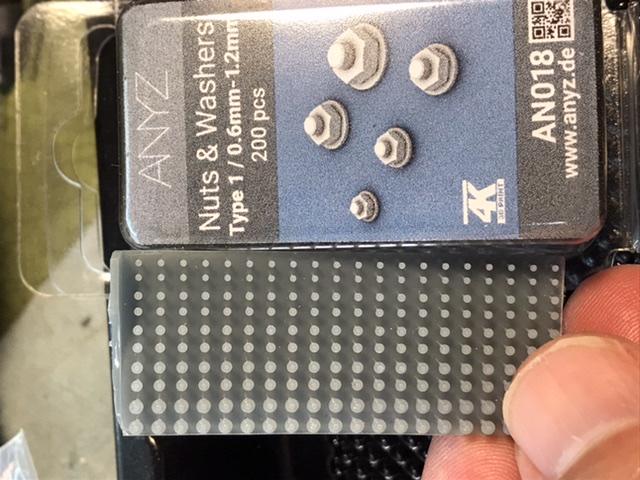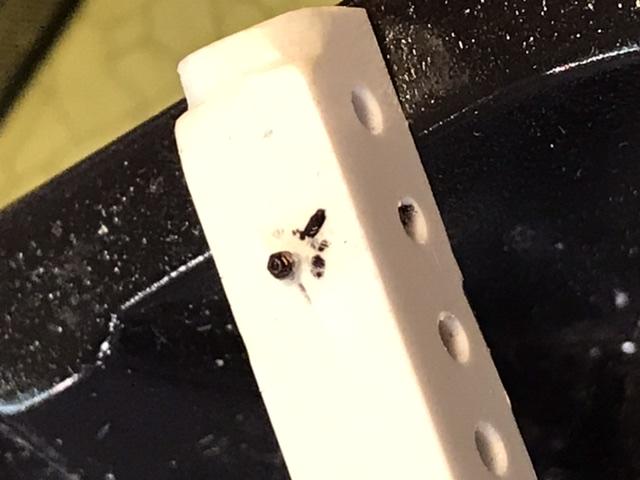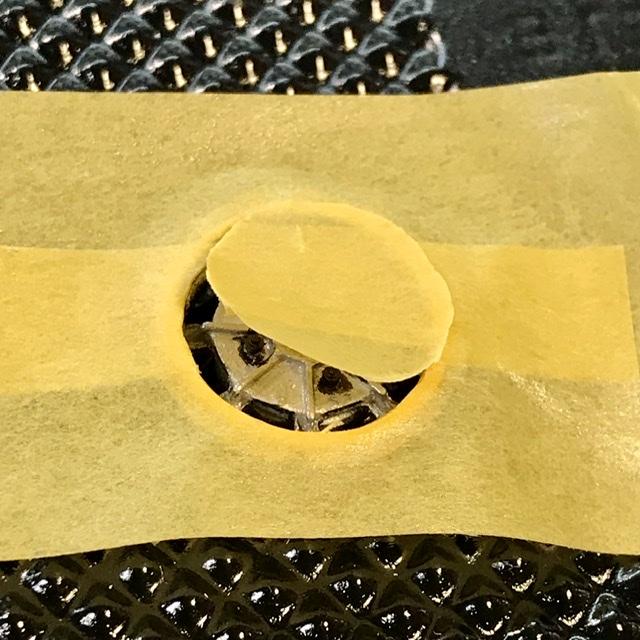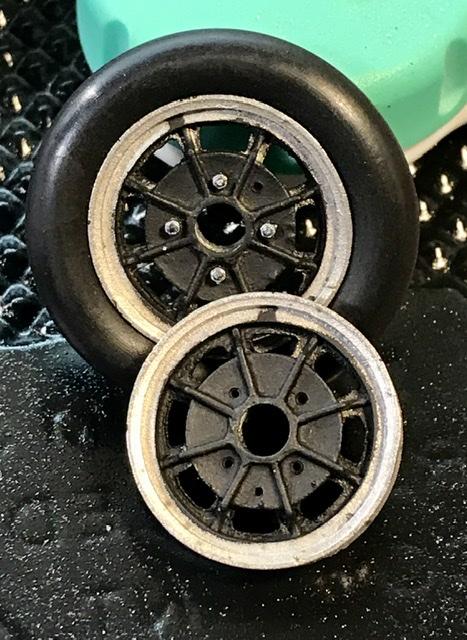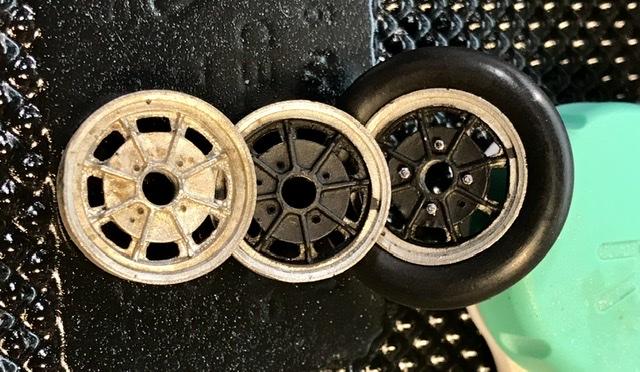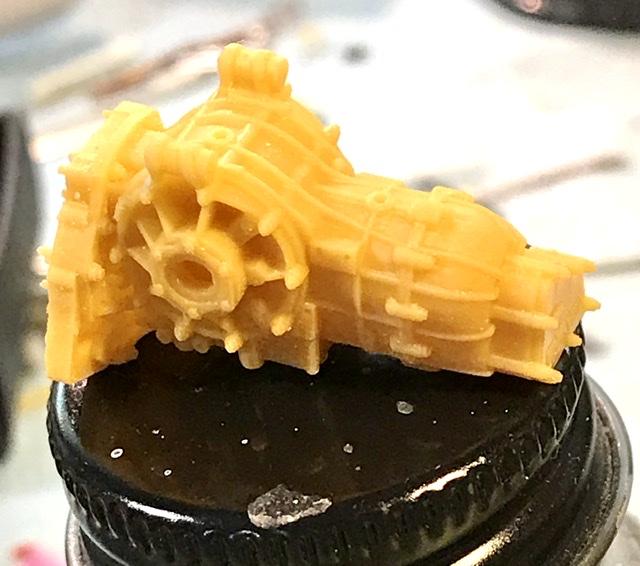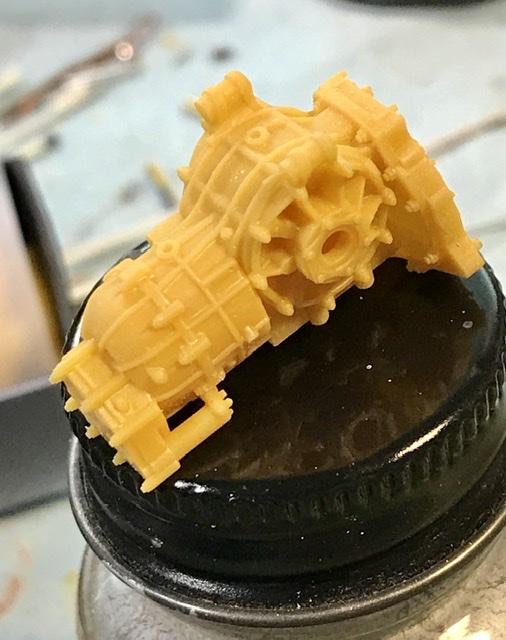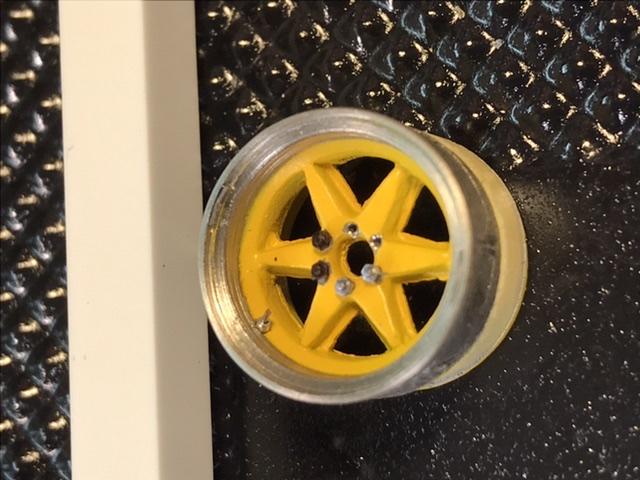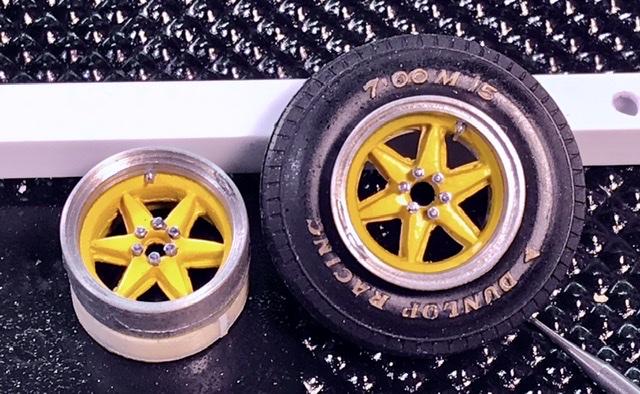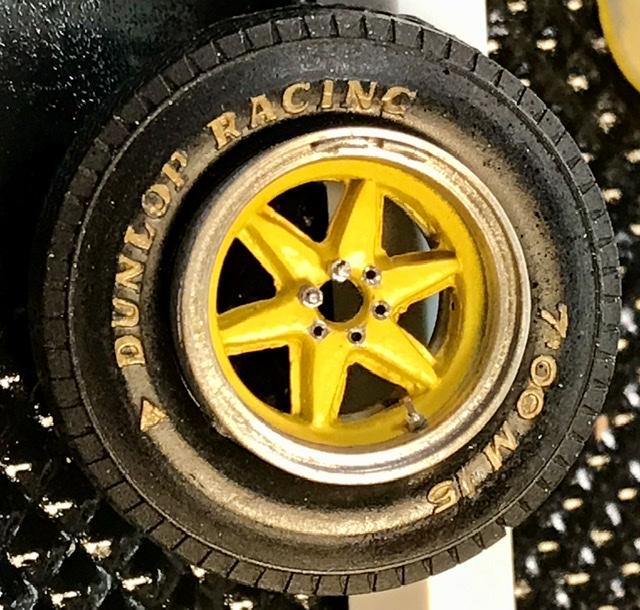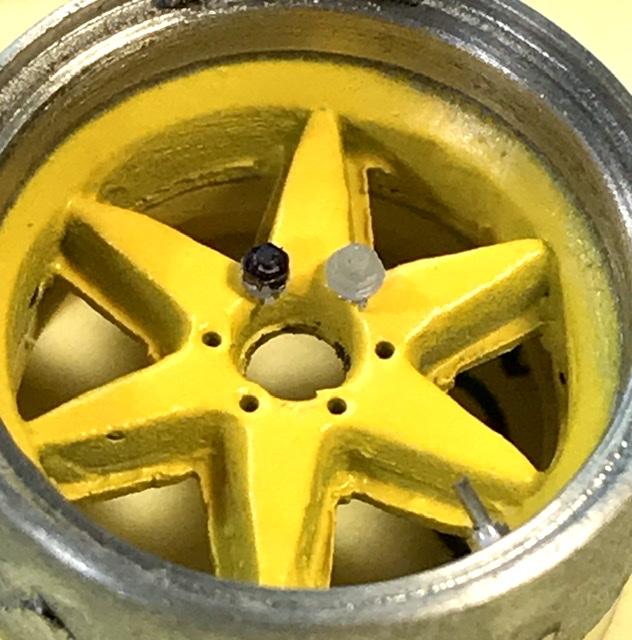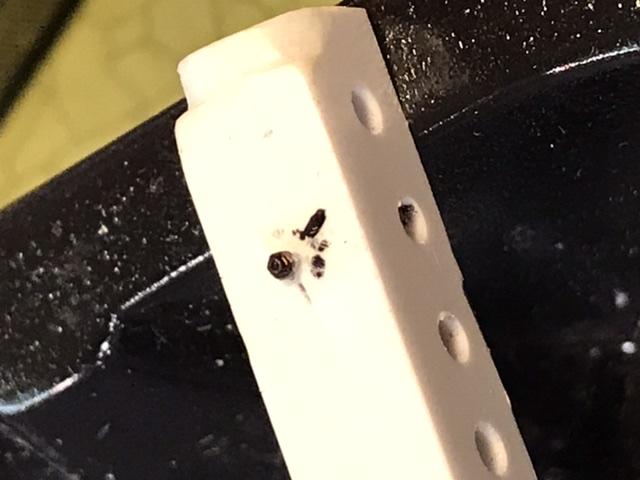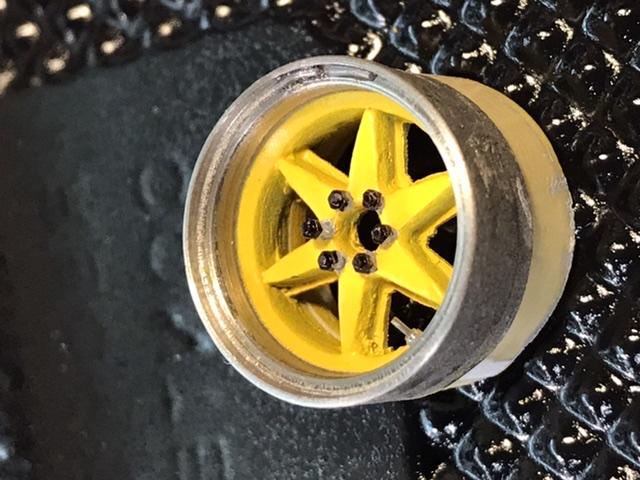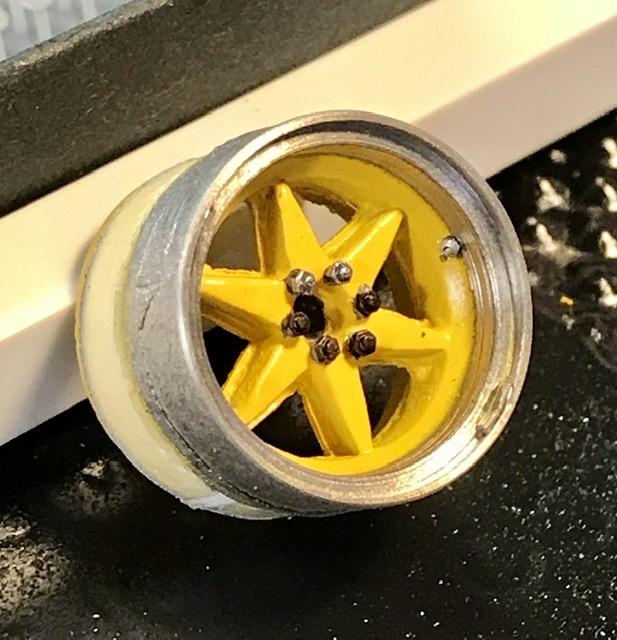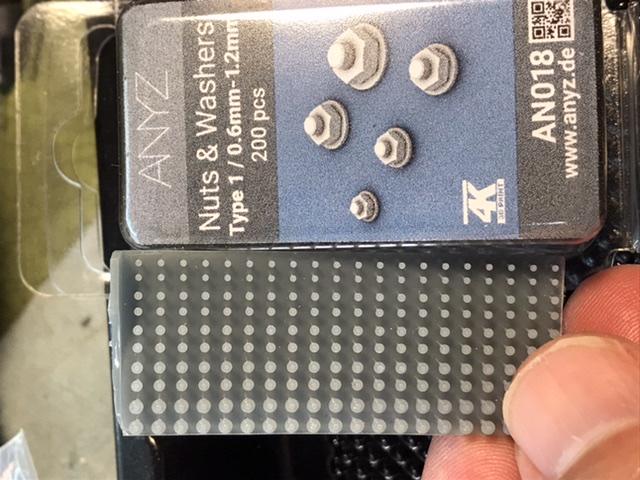-
Posts
4,776 -
Joined
-
Last visited
Content Type
Profiles
Forums
Events
Gallery
Everything posted by absmiami
-
The engine cover on the 32B is different than the 33 because the engine is different. So I’ve sawed up a piece of scrap renshape to make the cover using the profile drawings on these cards. There are no drawings and the restored car does not have the original cover. That’s long gone. So I’ll follow the shape of the engine bay and judge the curves from photos - and I have to be sure that the peak of the cover clears the peak of the roll bar ...
-
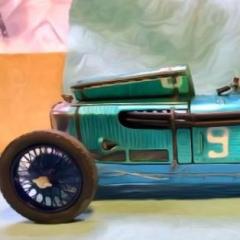
Cooper barn find
absmiami replied to absmiami's topic in WIP: Other Racing: Road Racing, Land Speed Racers
The parafilm was crucial. Don’t think I could have masked the exposed frame members without this stuff - without damaging them ... ... -

Cooper barn find
absmiami replied to absmiami's topic in WIP: Other Racing: Road Racing, Land Speed Racers
Really like this paint. Just a little over-bleed on one frame tube . And a small blemish on one panel and a speck of dust on the nose . Not bad ! This will take very little final prep. No clear coat. A minimum of sanding. Just one coat - and bang. Don’t know why. But metallic colors tend to give me a lot less trouble than solids ... -

Cooper barn find
absmiami replied to absmiami's topic in WIP: Other Racing: Road Racing, Land Speed Racers
The Model Master is acrylic lacquer - so the drying time is faster than old fashioned enamel. By grasping the body with the chassis members at either end I was able to remove the tape without a problem - the parafilm came off without damaging anything But I’ll wait a few days before more handling -
Just make sure that you don’t install it upside down when you put this together! I’ve been known to do this when I try to work past midnite ...
-

Cooper barn find
absmiami replied to absmiami's topic in WIP: Other Racing: Road Racing, Land Speed Racers
I really like this color. Have to move my Astons up higher on my build list .... maybe Jimmy’s DBR 4 GT ???? -

Cooper barn find
absmiami replied to absmiami's topic in WIP: Other Racing: Road Racing, Land Speed Racers
I won’t have a problem with “line bleed”. But I see your point ... removing the tape and parafilm will require a lot of handling and I don’t want to mar the surface. Maybe I’ll try tonite - I used some tape with some light “tack” so I could leave it on a while .... At least that’s the plan .... do you think that I could put some Parafilm on the surface after about 12 hours ?? -

Cooper barn find
absmiami replied to absmiami's topic in WIP: Other Racing: Road Racing, Land Speed Racers
I haven’t airbrushed Model Master paint in - like - forever ... missed that distinctive enamel scent ! The Cooper wears a paint color that is similar to same era Aston Martins. So I mixed up a color that looks about right fr the paint in the picture - thinned it - and masked the frame. Went on really smooth. Assuming that I should let this dry several days before I try to remove the masking - no hurry - should I wait a week? Lots to do in the interim ... -

Cooper barn find
absmiami replied to absmiami's topic in WIP: Other Racing: Road Racing, Land Speed Racers
Thoughts on tire sidewall markings. The Deeks kit uses rubber O rings that I sanded for the tire patch. Sorry. - no tread pattern... would like too use / apply Dunlop markings. Dry transfers would work better than decals. - thinking .... -

Cooper barn find
absmiami replied to absmiami's topic in WIP: Other Racing: Road Racing, Land Speed Racers
The white metal wheel castings came in Herb Deeks’ super rare Cooper kit which was a recast of the Merit kit with some wh metal castings ... And whilst I was toiling away making lug nuts for the Lotus 32B - it occurred to me that I needed 8 more for the back wheels on the Cooper . So.... -

Cooper barn find
absmiami replied to absmiami's topic in WIP: Other Racing: Road Racing, Land Speed Racers
I’m in big trouble [again] Mr Cooper is stopping in to the workshop and he expected the Mark IX to be finished by now ... -
Yikes. Paint it orange and just pretend it’s an orange ?? pressure ? Or humidity ? Or just too heavy a coat ???
- 84 replies
-
- auto union
- c
-
(and 2 more)
Tagged with:
-
By the way ... nice bulkheads ...
-
I know where the missing guide is .... it’s in a dusty corner on the floor under your work bench ... next to two or three parts that you lost last year ...
-

1/8 Ford Cosworth DFV engine
absmiami replied to mad mike's topic in WIP: Other Racing: Road Racing, Land Speed Racers
-
You’re welcome don’t forget to return it when you’re done ... scoured the internet for some wheel nuts. The sets that are currently available have stems that are too large for these wheels - due to the location of the nut holes in the wheel - and I don’t want to make 24 of these things on a lathe . So I decided to modify some 1.0 mm 3D printed nuts ...
-

1/43 Ford Indy DOHC engine
absmiami replied to mad mike's topic in WIP: Other Racing: Road Racing, Land Speed Racers
Would be fun to see the Cosworth in 43th ... whew ... -
What do you use to do the acid etch. ? Good point about the brightness of the hardware ...

